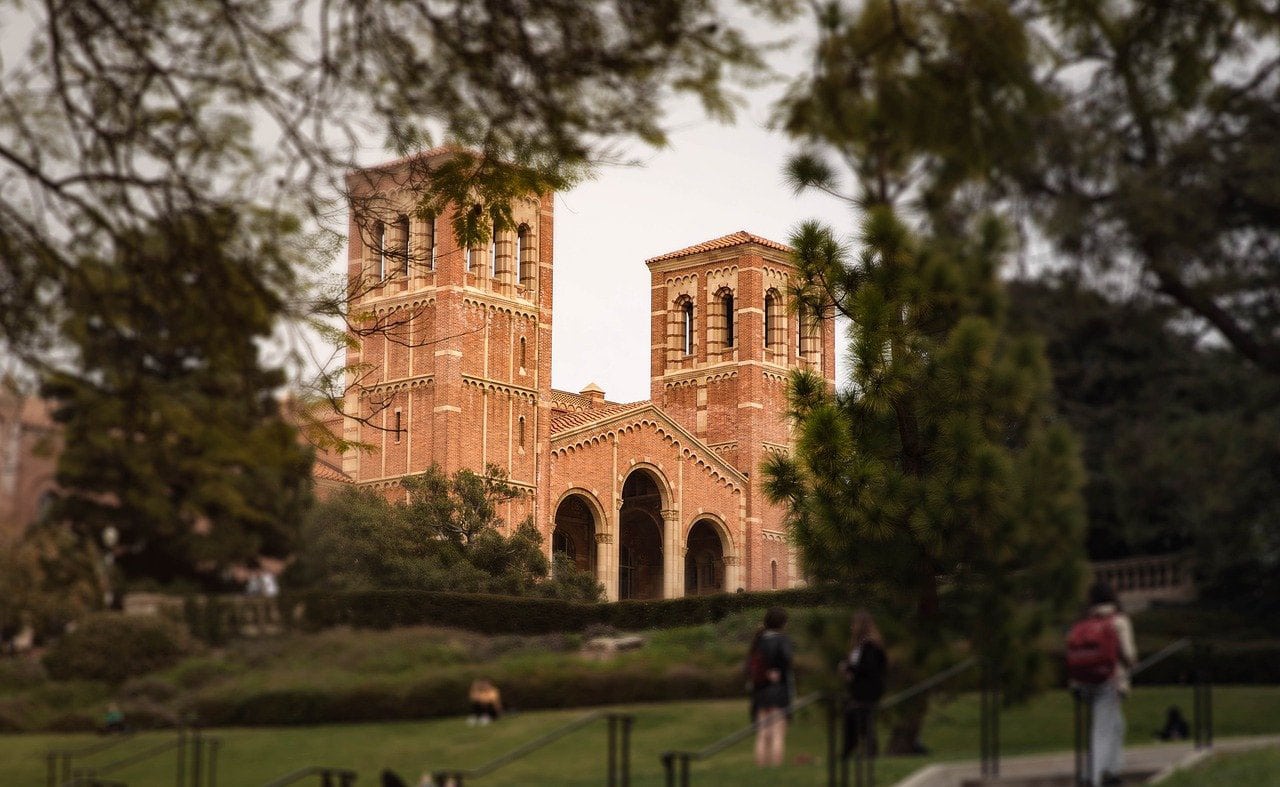For those of us who follow the careers of Jewish ballplayers — a small, eccentric niche of fandom — checking the ” target=”_blank”>jewishsportsreview.com), edited by Ephraim Moxson, who lives in Pico-Robertson, and Shel Wallman of Manhattan’s West Side.
Moxson and Wallman collect the names of Jewish athletes in sports ranging from football, basketball and baseball to table tennis. It is the national go-to spot for information on Jewish athletes, and Wallman and Moxson were willing to share with Jewish Baseball News. “They are the gold standard,” Barancik said.
I called Moxson. “We go through the rosters of all major sports,” he told me. “We review every roster of every college, men’s and women’s, including small Christian schools in the South. You never know.”
Tips come from many places. A woman called Moxson and complained that her major league ballplayer son, Jason Marquis, hadn’t been mentioned in the Jewish Sports Review. “He’s not Jewish,” Moxson said. The woman replied that he was. “Our name was Marcus,” she said.
As he began Jewish Baseball News, Barancik had to struggle with a question that has long troubled our religion and probably never will be settled: Who is Jewish? Rather than consulting the rabbis, he accepted the criteria established by Moxson and Wallman in the Jewish Sports Review several years before: An athlete needs one Jewish parent, is not practicing any other religion and is willing to be identified as Jewish in public. Interestingly, their broad definition was not much different than that of the Pew Research Center in its recent public opinion survey of Jews: Those who “say their religion is Jewish (and who do not profess any other religion)” or “people who describe themselves … as atheist, agnostic or nothing in particular, but who have a Jewish parent or were raised Jewish and who still consider themselves Jewish in some way.”
As I pursued this column, I felt I was learning something important about Jewish life in the United States.
I wondered why the number of Jewish ballplayers in the major and minor leagues is increasing. “In the ’50s and ’60s, there were five or six [in the majors]; now there are 15,” professor Peter Dreier of Occidental College, an intense scholar of the game, told me. “All but three [of the major leaguers] came from mixed marriages. To the extent there is a Jewish gene in baseball, it’s an intermarriage gene.”
Barancik and Dreier also attribute the growing number of Jewish baseball players to Jews becoming part of suburban life and being affluent enough to afford the expenses of youth sports — the expensive equipment, private coaching and travel.
In addition, Dreier said, the major leagues are increasingly looking to colleges for players, and the schools with the best programs happen to be in areas with large Jewish populations — Florida and California.
We fanatics focus on numbers, but actually what we are witnessing is how Jewish life is changing.
Bill Boyarsky is a columnist for the Jewish Journal, Truthdig and L.A. Observed, and the author of “Inventing L.A.: The Chandlers and Their Times” (Angel City Press).




















 More news and opinions than at a Shabbat dinner, right in your inbox.
More news and opinions than at a Shabbat dinner, right in your inbox.